Engineering future masterpieces for This is Engineering Day
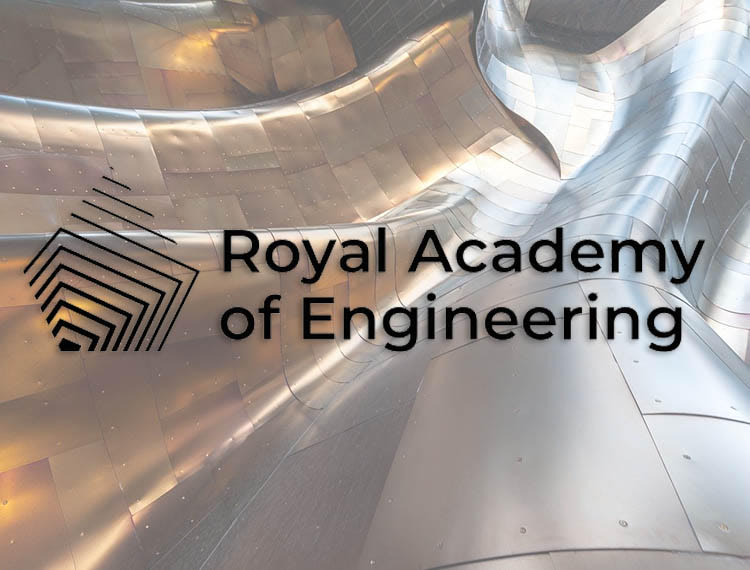
- Digital artist has reworked masterpieces by Monet, Van Gogh, Constable and Pissarro to inspire a conversation about the engineering advances that could help to achieve net zero carbon emissions by 2050.
- Innovations such as agricultural robots, smart thermochromic windows, vertical farms and flying taxis have been woven into the reimagined impressionist masterpieces to depict what a more sustainable world may look like in the future.
- The artworks have been commissioned by the Royal Academy of Engineering ahead of This is Engineering Day on Wednesday 3 November, which aims to encourage more young people to choose engineering careers and help achieve net zero carbon by 2050.
- Sympathetic reimaginings show how innovative agriculture, aviation, transport and buildings could help to transform everyday life and landscapes.
Painters such as Constable, Monet, Pissarro, and Van Gogh first made their marks in the art world during the industrial revolution. While this era drove economic benefits and improvements in living standards for many, we now know that it triggered the start of rising carbon emissions leading to global warming.
Ahead of COP26, masterpieces by these iconic artists have been reimagined to inspire conversations about the kinds of engineering advances that could help to achieve net zero carbon emissions by 2050. Electric planes and flying taxis, vertical orchards and rooftop farms are just some of the innovations that feature in the reworked masterpieces, commissioned by the Royal Academy of Engineering as part of its This Is Engineering campaign to promote engineering careers in response to a significant skills and diversity shortfall in the profession.
Van Gogh’s Factories at Clichy, Constable’s The Wheat Field, Pissarro’s La Rue Saint-Honoré
and Monet’s The Seashore at Sainte-Adresse have been digitally remastered by a contemporary artist, Ashly Lovett, to show how engineering innovations could help to transform everyday life and landscapes in the future.
The Engineer the Future collection can be viewed during COP26 at Strathclyde University in Glasgow and online via Google Arts & Culture. The aim of the exhibition is to start a conversation about what we want a net zero future to look like, and the role of future engineers in that, with viewers invited to contribute their own ideas via social media on This is Engineering Day on Wednesday 3 November 2021.
Were Van Gogh to paint Factories at Clichy in 2050, his masterpiece might feature autonomous ‘agbots’ – agricultural robots – tending the crops using precision farming; a development that could help to slash agricultural carbon emissions. In the skies above, Sophie Harker, Assistant Chief Engineer of Electric Products at BAE Systems, thinks the painter would capture a variety of electrically powered ways to transport ourselves and our goods in 2050. She says: “In the future, we may be using a pod system for public transport, for example on a Hyperloop. These pods could look like the Maglev trains and could travel within a vacuum to reduce drag and increase speed. People would likely use this system for travelling long distances cross-country or city to city, then shorter journeys could be taken by vertical taxis that carry up to four people. Heavy lift flying drones could also be used for transportation of goods or for emergency response.”
Constable’s The Wheat Field, reimagined for 2050, includes solar powered pruning robots, autonomous grass cutting machines and crop-monitoring drones. Meanwhile, environmentally friendly hydrogen planes can be seen in the sky, with futuristic shapes that maximise fuel-efficiency and range of travel. Kit Franklin, Senior Lecturer in Agricultural Engineering at Harper Adams University, says: “The artistic reinterpretation of Constable has removed the hard physical labour and repetitive tasks of agricultural farmhands as autonomous robots take on the work humans would have traditionally done. Agbots make farming more precise to conserve vital resources like water and energy and we’ll see smaller machines in future to help preserve soil quality and health. A healthy soil is not only vital for growing food, it can also sequester carbon more effectively than one that has been compacted by large machinery. If Constable were to walk in the British countryside in 2050, he’d see smaller fields with strips of different coloured crops, and less productive fields rewilded with trees, wildflowers and shrubs to boost biodiversity and pollination.”
Professor Susan Gourvenec, RAEng Chair in Emerging Technologies for Intelligent & Resilient Ocean Engineering at the University of Southampton, whose ideas have been incorporated into a reimagined Monet, commented: “If Monet was to paint The Seashore at Sainte-Adresse in 2050, his famous seascape might feature offshore energy farms generating renewable energy through wind turbines or tidal power, which could be used to power homes or produce green hydrogen, and to refuel ocean-going cargo vessels offshore. Closer to the shore, seagrass plantations might be visible, which would not only capture carbon but also provide coastal protection and improve the coastal ecosystem and habitat for wildlife.”
The artist has also imagined a residential building on the coast that uses thermochromic windows to help to cool the house and generate solar power, reducing its carbon footprint and maximising efficiency.
Pissarro’s La Rue Saint-Honoré has been reworked to reflect a vision of the future in which a central hub links several public transport systems including an electrically powered monorail, vertical taxi station and underground stations. Professor Chris Wise RDI FREng, Founder Partner of Expedition, says: “If Pissarro were to travel to Paris in 2050, he might find buildings that have been designed to take full advantage of their environment. No side of a building would look the same: the south facing side is shaded and both east and west facades have screens to capture the morning and evening sun. The artist might also find chameleon buildings with a ‘skin’ that is responsive to sunlight and shade for temperature regulation. Pissarro, who suffered from an eye-infection and eventually went blind, would find getting round the city easier with colour coded areas and rumble strips, as well as a monorail system that dispenses with the need for a car. He’d also find less hard landscaping. As we see increased rainfall and flooding in the future, cities will have replaced concrete pavements with more permeable materials and greenery.”
Dr Rhys Morgan, Director of Engineering and Education at the Royal Academy of Engineering says: “The UK’s goal of reaching net zero carbon emissions by 2050 is a massive undertaking. Decarbonisation on this timescale and magnitude will bring widespread and rapid change to every aspect of daily life and meeting our goal of a net zero future will not be achieved without engineering expertise. From the ways we heat, cool and light our homes, to how we produce our food, how we build our houses and how we travel around, our future daily lives will be shaped by today’s engineers and engineering.
“These famous masterpieces originally captured a snapshot of daily life at a time when the consequences of carbon emissions were not known. By reimagining them for 2050 we hope to start a conversation about how engineers can help shape our net zero future and inspire the next generation to join the profession. To realise the emission-saving technologies imagined in these artworks, the UK needs more engineers – for example, National Grid estimates that the UK energy sector alone will need to fill 400,000 roles between now and 2050 to reach net zero.”
In a bid to boost recruitment and challenge the narrow stereotypes of what engineers look like and do, This is Engineering Day is an annual reminder of the importance of engineering to our daily lives. Created by The Royal Academy of Engineering in 2018 the day celebrates the varied and vital roles that engineers play, from developing medical technologies like brain scanners and clean energy solutions, to powering the social media platforms and smartphones we rely on to keep in touch every day.
For further information contact [email protected]
Notes for Editors
To help reimagine the future, the Royal Academy of Engineering sought opinions and visions from a network of Fellows and engineers:
- Professor Chris Wise RDI FREng – Founder Partner, Expedition
- Professor Emile Greenhalgh – RAEng Chair in Emerging Technologies and Professor of Composite Materials, Imperial College London
- Kit Franklin – Senior Lecturer in Agricultural Engineering, Harper Adams University
- Olivia Sweeney – Sustainable waste consultancy
- Dr Paul Miller FREng – Director, Silsoe Spray Applications Unit
- Professor Simon Pollard OBE FREng – Pro-Vice-Chancellor, Water Energy and Environment, Cranfield University
- Sophie Harker – Senior Engineer, Flight Controls at BAE Systems
- Professor Susan Gourvenec – RAEng Chair in Emerging Technologies and Professor of Offshore Geotechnical Engineering, University of Southampton
- Tim Chapman FREng – Director, Infrastructure Design, Arup
- Vinita Marwaha Madill – Space operations engineer, Mission Control Space Services
- Dr Priti Parikh, Head of Engineering for the International Development Centre
- With contributions from: Arup, Cranfield University, Heriot-Watt University, Rolls- Royce, University of Glasgow, and University of Oxford.
About the artist Ashly Lovett Known for her captivatingly ethereal artwork in chalk pastel, Ashly Lovett is a freelance illustrator, writer and gallery artist. Inspired by folklore and mythology, she hopes to bewitch her viewers with a deep sense of wonder and nostalgia. She has done licensed work for Jim Henson Company, Adult Swim, Netflix, SEGA, and more. She received her BA in Illustration from Ringling College of Art and Design and has exhibited in galleries from California to New York. She lives in Louisiana, USA with her husband Matthew, son Leon, and fat cat Skeletor (a.k.a. Skelly.)
About This is Engineering This is Engineering is a campaign to raise awareness of the breadth of careers in engineering and help address the significant engineering skills and diversity shortfall that is holding back growth and productivity across the UK economy. The campaign aims to give more young people, from the broadest possible backgrounds, the opportunity to take up an exciting, engaging, rewarding and in demand career.
This is Engineering is led by the Royal Academy of Engineering, in collaboration with EngineeringUK. The campaign has been made possible thanks to the generous support of the Fellows of the Royal Academy of Engineering and our corporate partners. More information about the campaign is available at www.thisisengineering.org.uk and @ThisIsEng on Twitter.
Principal partners
Amazon
bp
Rolls-Royce
Shell UK
Sponsors
MBDA
Mott MacDonald
Teledyne e2v
Technology Partner
Google Arts & Culture
Strategic partner
EngineeringUK
Academic Partners
Principal university partners
University of Oxford
Major university partners
Anglia Ruskin University
Aston University
Heriot-Watt University
University of Cambridge
University partners
Bangor University
Imperial College London
Manchester Metropolitan University
University of Southampton
Cranfield University
Kings College London
University of Glasgow
The Royal Academy of Engineering is a charity that harnesses the power of engineering to build a sustainable society and an inclusive economy that works for everyone. In collaboration with our Fellows and partners, we’re growing talent and developing skills for the future, driving innovation and building global partnerships, and influencing policy and engaging the public. Together we’re working to tackle the greatest challenges of our age.
EngineeringUK is a not-for-profit organisation, which works in partnership with the engineering community to inspire tomorrow’s engineers and increase the number and diversity of young people choosing academic and vocational pathways into engineering. EngineeringUK leads engagement programmes The Big Bang, Robotics Challenge and Energy Quest, helps schools bring STEM to life through real-world engineering via Neon, creates inspiring engineering careers resources and campaigns through Tomorrow’s Engineers and produces a body of research including the flagship State of Engineering report.www.engwww.engineeringuk.com/ineeringuk.com
Google Arts & Culture Google Arts & Culture puts the collections of more than 2,000 museums at your fingertips. It’s an immersive way to explore art, history and the wonders of the world, from Van Gogh’s bedroom paintings to the women’s rights movement and the Taj Mahal. The Google Arts & Culture app is free and available online for iOS and Android. The team has been an innovation partner for cultural institutions since 2011. Google Arts & Culture develops technologies that help preserve and share culture and allow curators to create engaging exhibitions online and offline.


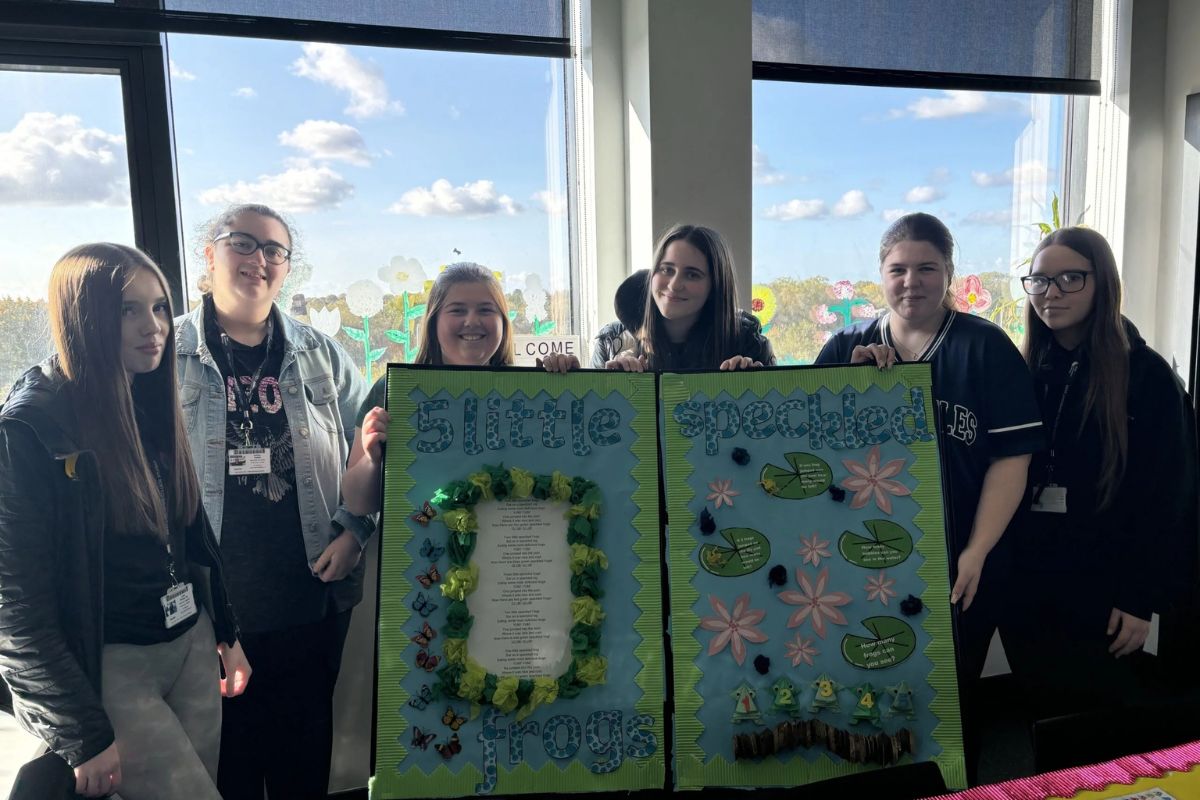
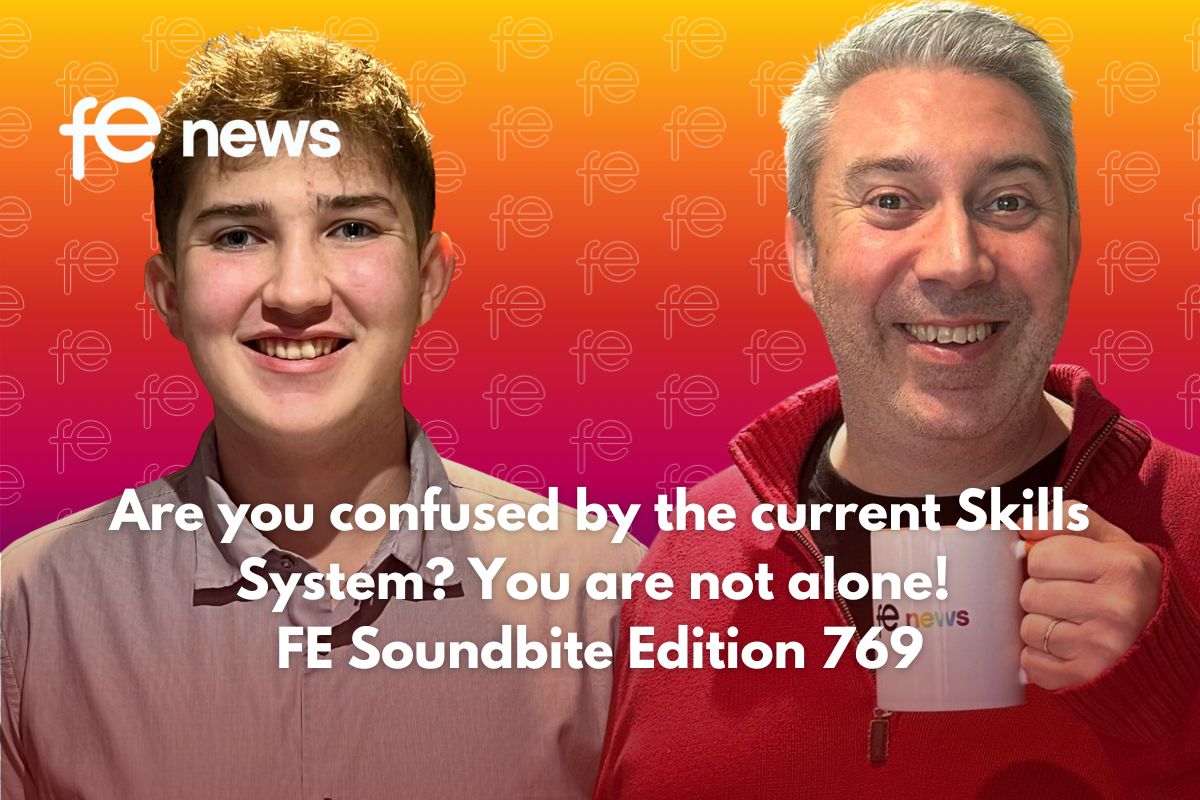
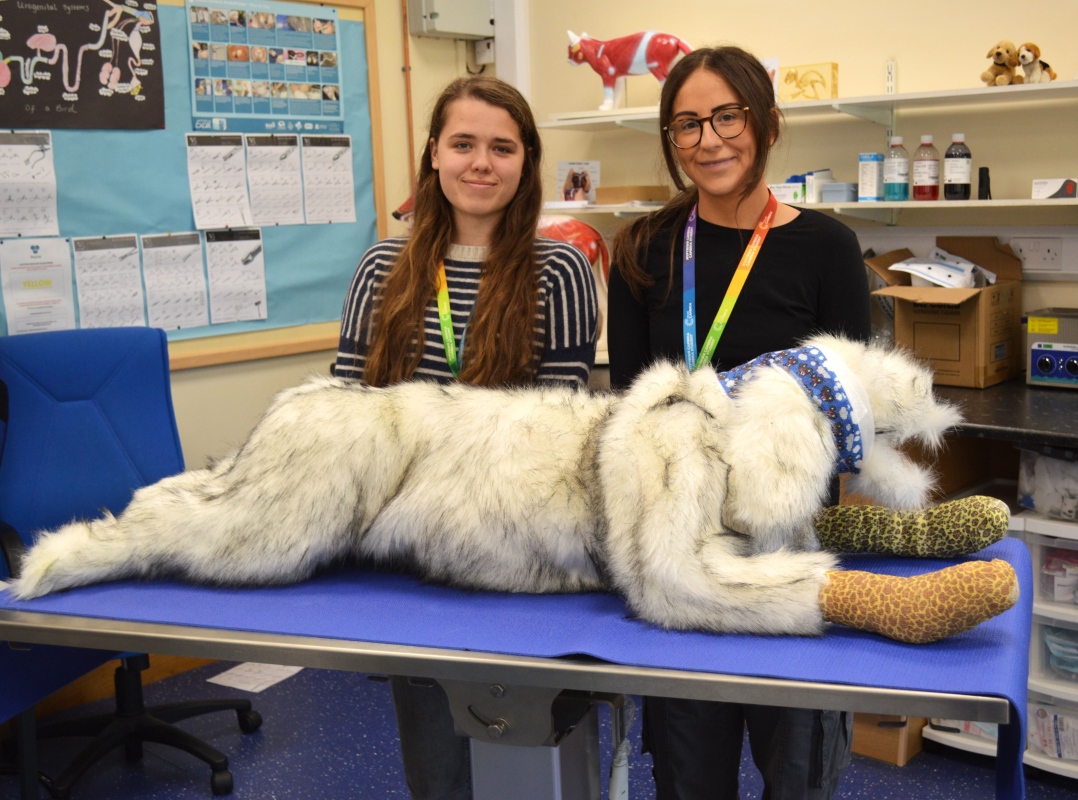



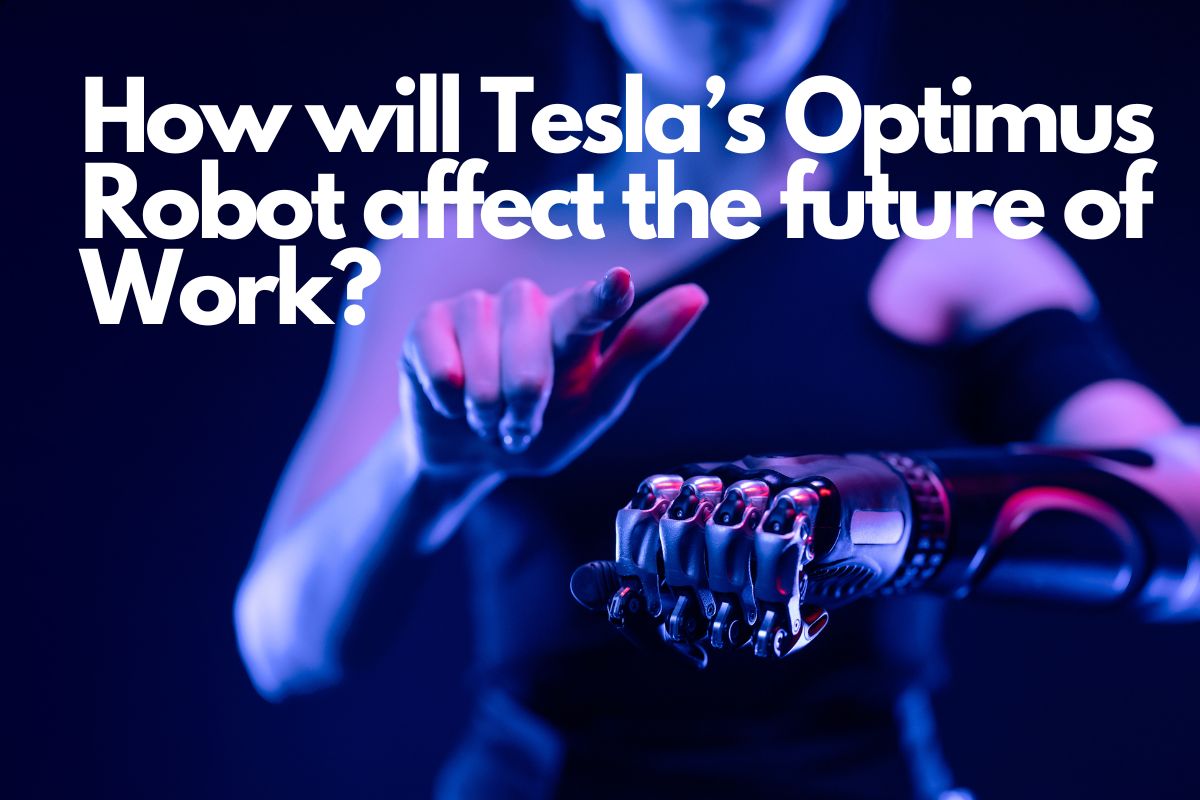
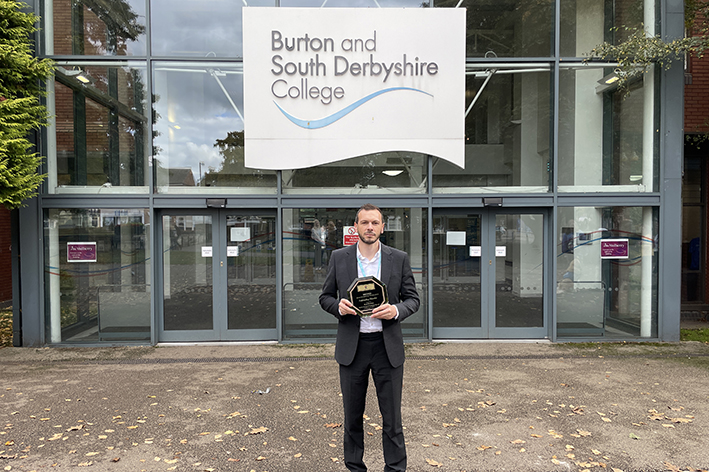

Responses